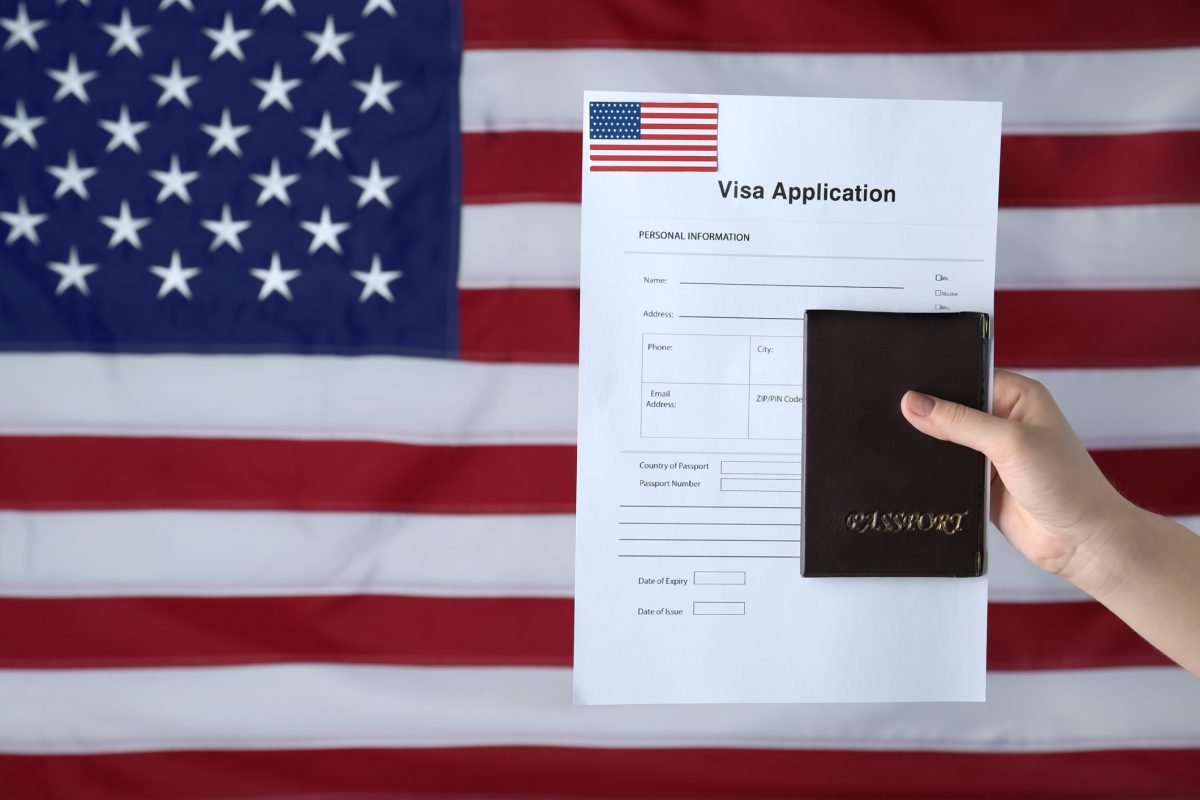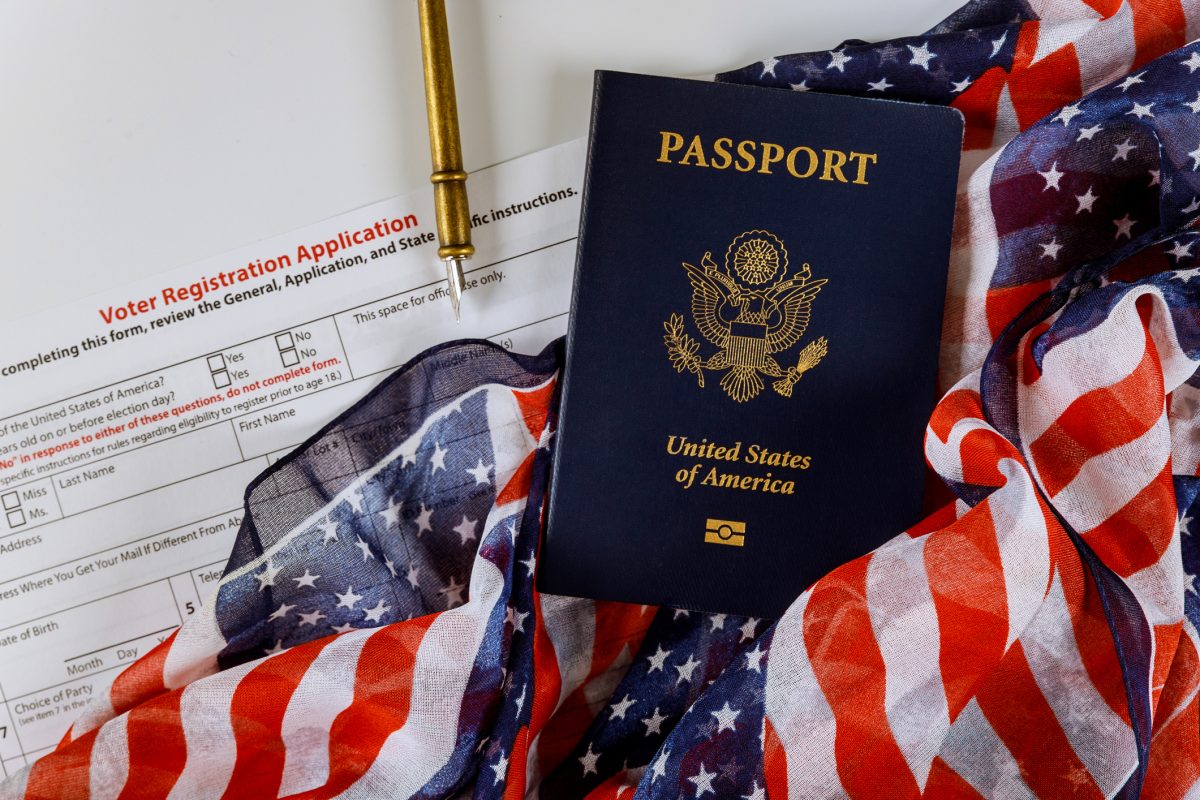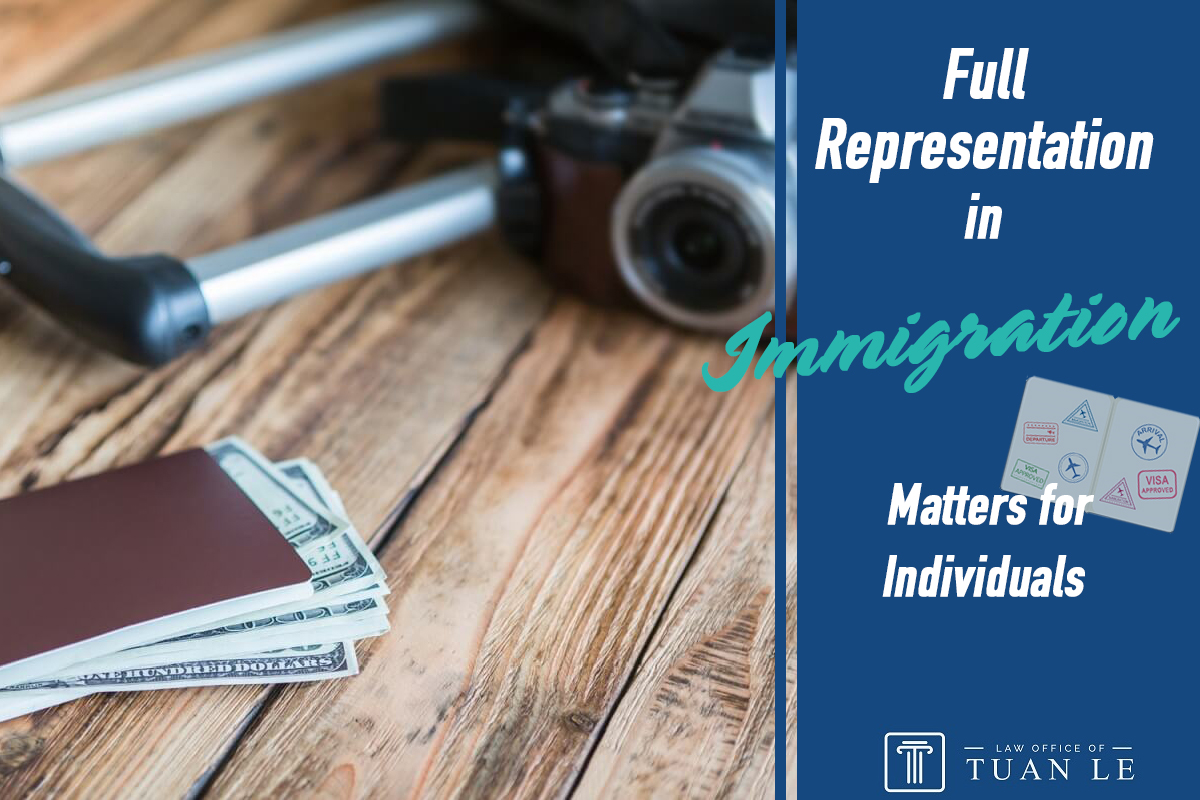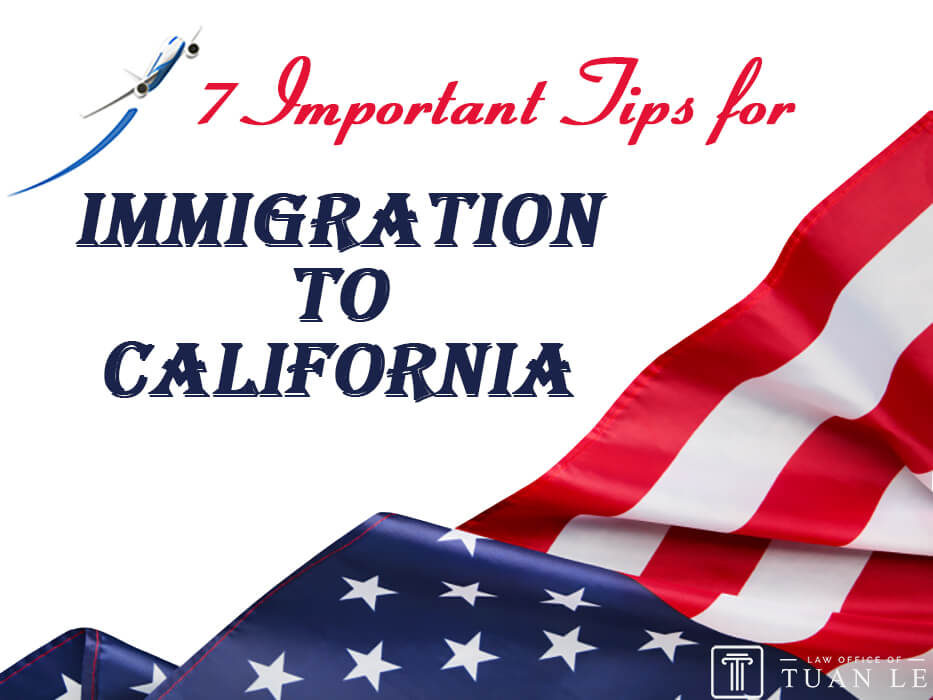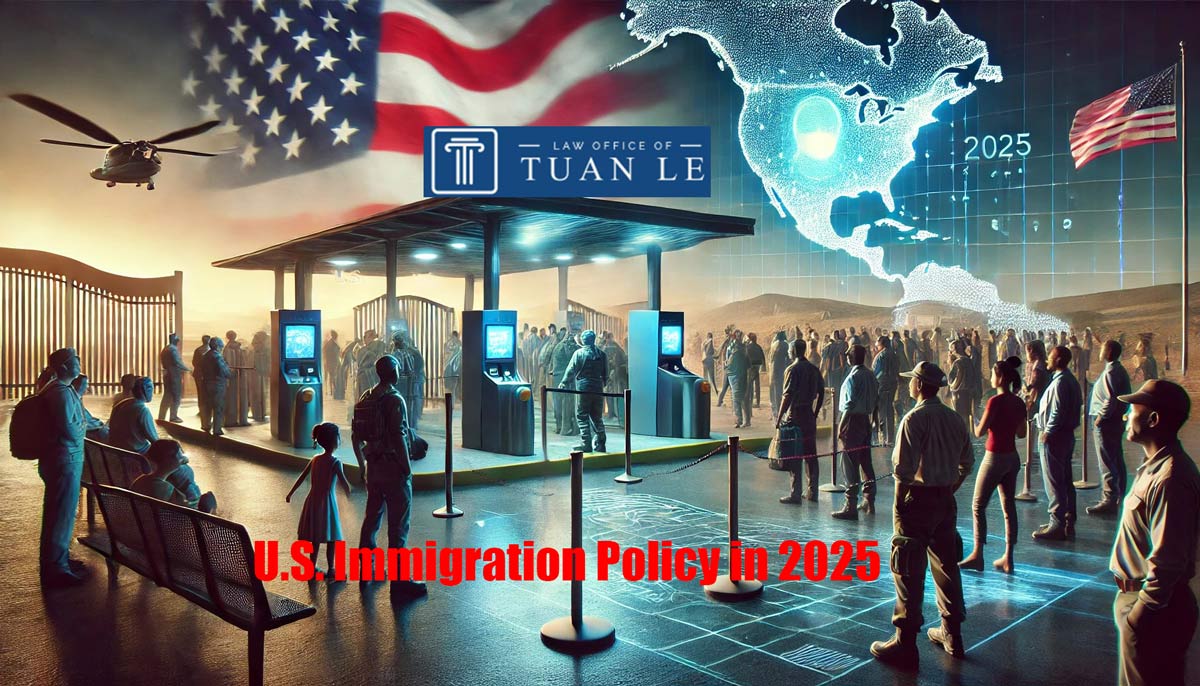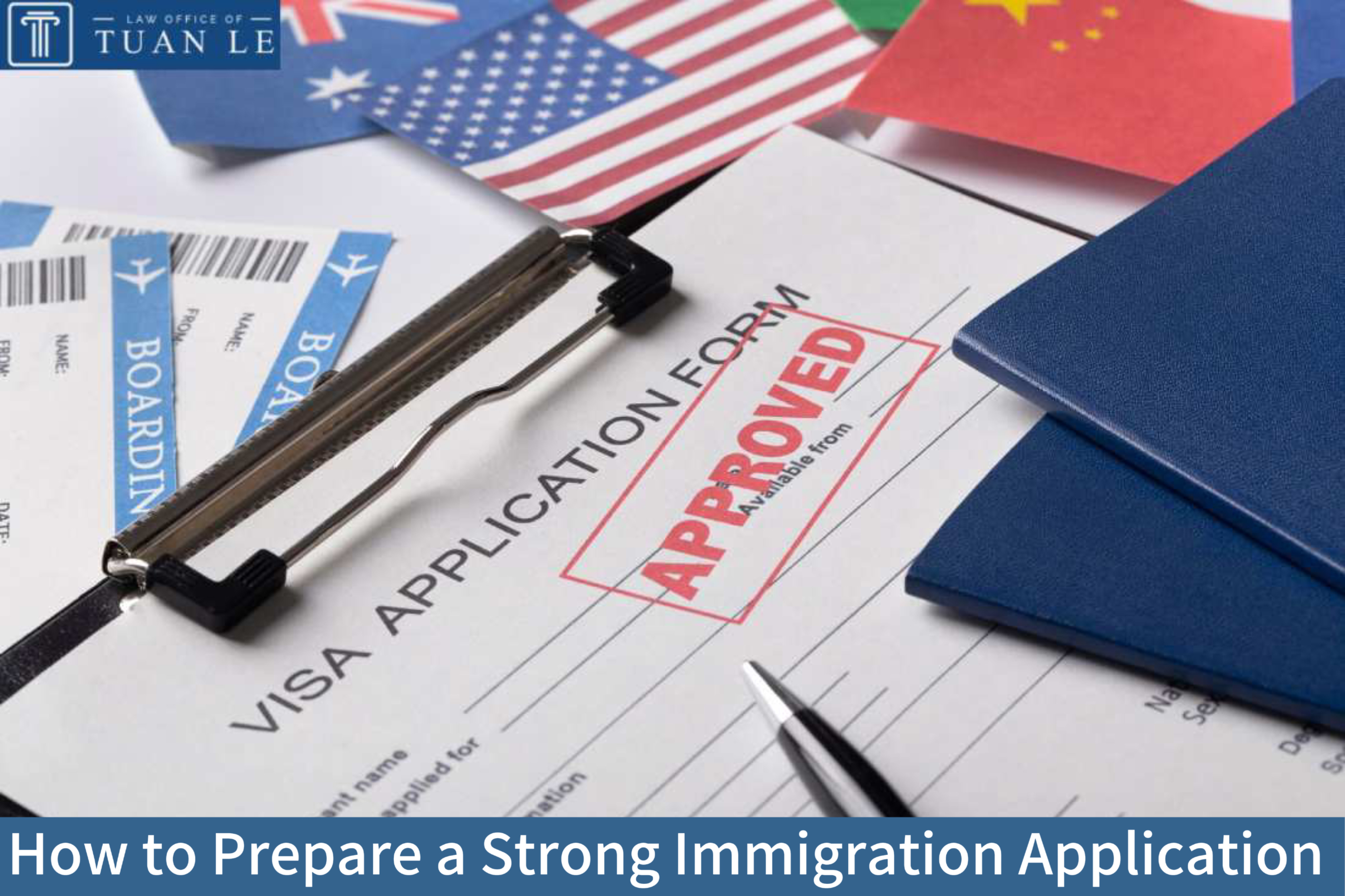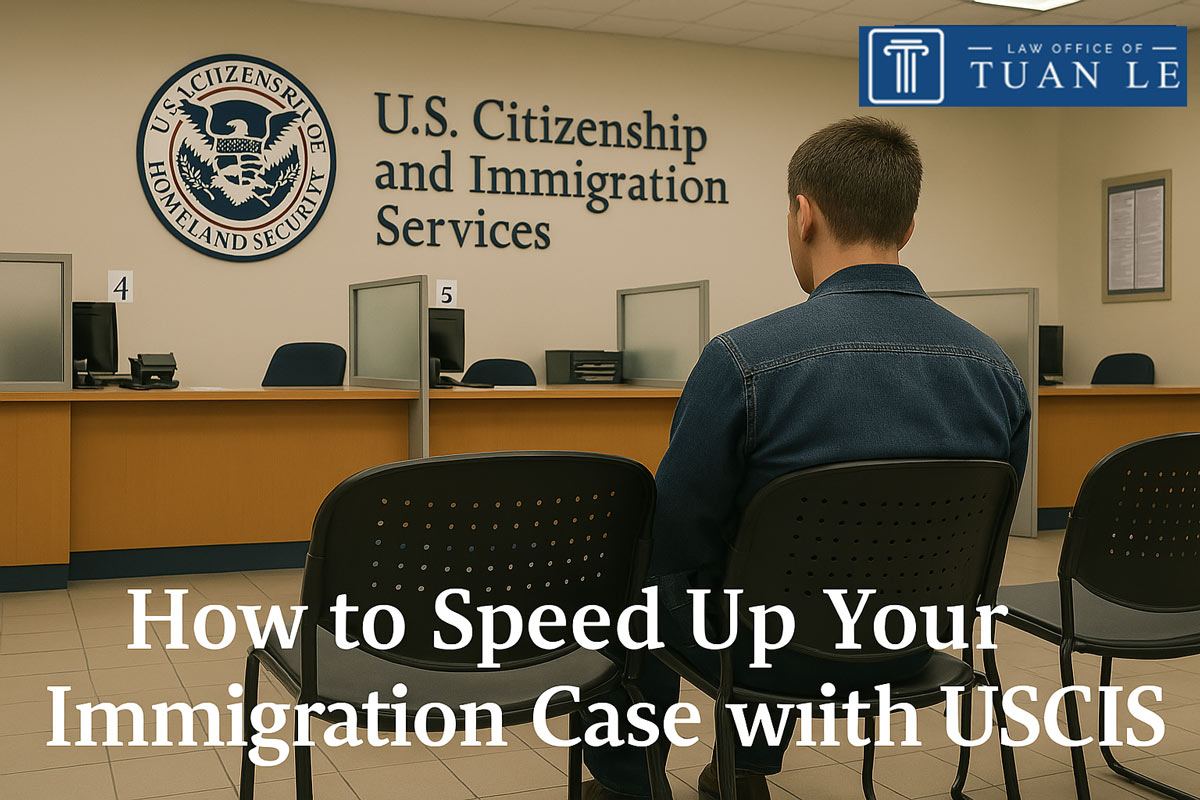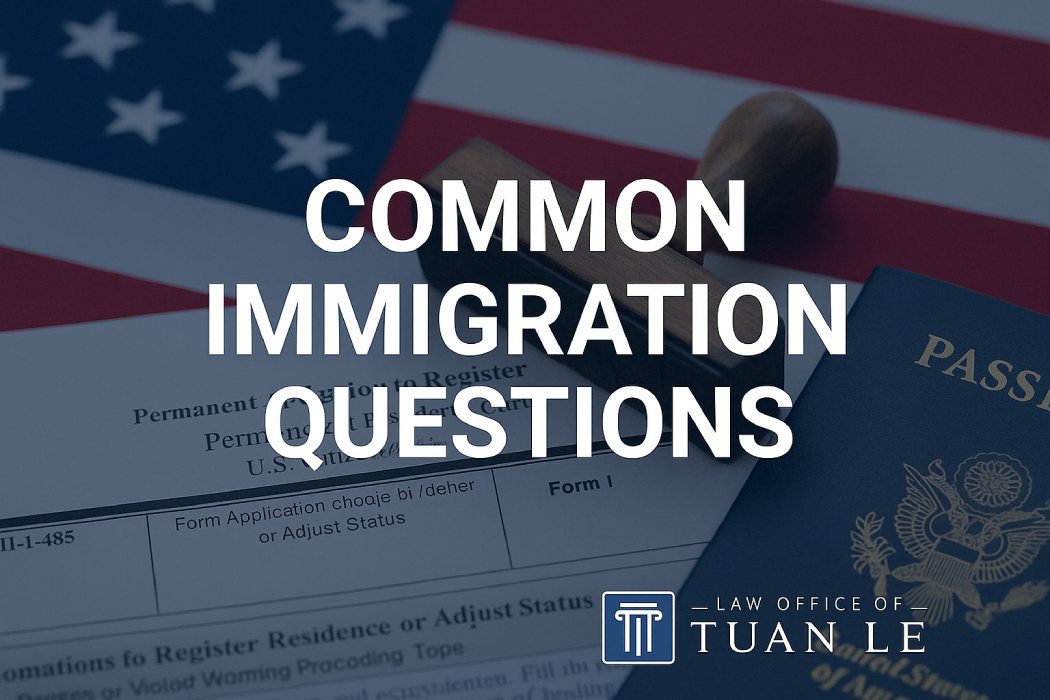Marriage Visa: How to Get a Green Card Through Marriage
.jpg)
If you are married to a U.S. citizen or a Lawful Permanent Resident (LPR), you may be eligible to apply for a marriage visa, which is a type of visa that allows you to enter the U.S. and apply for a marriage based green card. And marriage-based green card is a permanent resident card that grants you the right to live and work in the United States as the spouse of a U.S. citizen or LPR.
However, getting a marriage visa and a green card through marriage is not a simple process. You will need to follow several steps, such as filing forms, submitting documents, attending interviews, and paying fees. And you may also face common challenges, such as proving the validity of your marriage, meeting the income requirements, and dealing with long processing times. In this article, we will explain how to avoid these pitfalls and ensure a successful outcome by hiring a marriage immigration lawyer.
Don’t let the complexity of the immigration system discourage you from pursuing your dream of living in the U.S. with your spouse. Contact us today and get a free consultation with an experienced marriage immigration lawyer in Orange County, CA
Types Of Marriage Visas For The USA
The United States of America (USA) provides diverse options of marriage visas for foreign nationals who have matrimonial or fiancé(e) ties with U.S. citizens or lawful permanent residents (LPRs). The category of marriage visa varies according to the marital status and the nationality of the spouse. Some of the prevalent types of marriage visas are:
• K1 Marriage Visa
A K1 visa is for fiancé(e)s of U.S. citizens who have met in person within 2 years and plan to marry within 90 days of arrival. To obtain this visa, the U.S. citizen must file Form I-129F, while the fiancé(e) must complete Form DS-160 and attend a visa interview. They also need to provide a passport, a medical exam, a police clearance, relationship proof, and financial support proof. The visa processing time is usually 6 to 9 months, and the visa is valid for one entry and 6 months. You can learn more about the K1 visa process here.
What To Do After Getting A K1 Visa And Marrying Your U.S. Citizen Spouse?
Once you get married, you have to apply for permanent residency and may also apply for a work permit and a travel document. You are allowed to live and work in the USA with your U.S. citizen spouse and bring your children under 21 on a K2 visa. However, you cannot get public benefits or social security until you are a permanent resident and cannot change your status or leave the USA without a travel document.
• K3 Marriage Visa
A K3 spouse visa is for spouses of U.S. citizens with a pending I-130 and living abroad. The U.S. citizen files I-129F and I-130, and the spouse fills out DS-160 and goes to an interview. They also need a passport, a medical exam, a police clearance, marriage proof, and financial support proof. The visa takes 9 to 12 months and allows multiple entries for 2 years. You can learn more about the K3 visa process here.
What To Do After Getting A K-3 Visa And Entering The U.S.?
Once they enter the U.S., they have to apply for permanent residency and may also apply for a work permit and a travel document. They are allowed to live and work in the USA with their U.S. citizen spouse and bring their children under 21 on a K-4 visa. However, they cannot get public benefits or social security until they are permanent residents and cannot change their status or leave the USA without a travel document.
• IR1 Or CR1 Visa
A U.S. citizen’s spouse can apply for an IR1 or CR1 visa with a valid marriage certificate. The IR-1 visa is for marriages that have lasted more than two years, while the CR-1 visa is for marriages that are less than two years old. The U.S. citizen must file Form I-130, and the spouse must file Form DS-260 and attend an interview. They must also provide proof of their passport, medical exam, police clearance, marriage, and financial support. The visa process takes 12-15 months, and the visa allows one entry within six months. For more details, visit this link.
Visa Benefits And Restrictions
The spouse receives a green card by mail after entering the U.S. The CR-1 visa grants conditional permanent residency for two years, while the IR-1 visa grants unconditional permanent residency for 10 years. The spouse can work and live in the U.S. with their partner, bring their children under 21 years old on IR-2 or CR-2 visas, access some benefits and social security, and apply for citizenship after three years. However, they cannot vote or hold office until they become citizens.
• F-2A Marriage Visa
An F-2A visa is for spouses of LPRs (Lawful Permanent Residents) who have a pending I-130 and want to join them in the U.S. The LPR spouse files Form I-130, while the other spouse waits for a visa number, fills out Form DS-260, and attends an interview. They also need to show their passport, medical exam, police clearance, marriage, and financial support. The visa process takes 2-5 years, and the visa allows one entry in six months.
Once in the U.S., the spouse gets a 10-year green card by mail, which they can renew or replace as needed. They get permanent residency, which lets them work and live in the U.S. with their spouse, bring their children under 21 on F-2A visas, access some benefits and social security, and apply for citizenship after five years. However, they can’t vote or hold office until they are citizens.
Adjustment Of Status
Adjustment of status (AOS) is the procedure of obtaining permanent residence (green card) from inside the U.S., without leaving the country and undergoing consular processing. AOS is commonly used by spouses of U.S. citizens or lawful permanent residents (LPRs) who entered the U.S. on a temporary visa.
Eligibility Criteria For Adjustment Of Status
To be eligible for adjustment of status (AOS), one must meet the following criteria:
- Be physically present, lawfully entered, and admissible to the U.S.
- Have a valid and bona fide marriage to a U.S. citizen or lawful permanent resident (LPR)
- Have an approved or pending Form I-130, Petition for Alien Relative, filed by the spouse
- Have a visa number available for the green card category, based on the spouse’s citizenship and the annual visa quota
Required Documents For Adjustment Of Status
These are the documents you need for adjustment of status (AOS) in the marriage visa:
- Forms: I-485, I-864, I-693, I-765 (optional), I-131 (optional), G-325A (if applicable), I-751 (if applicable)
- Copies of passport, visa, birth certificate, marriage certificate, spouse’s citizenship or LPR proof
- Two photos, proof of genuine marriage, filing fees
Process And Timeline For Adjustment Of Status
To get a green card through marriage, you need to file Form I-485 with USCIS after or with Form I-130 from your spouse, depending on visa availability. You can check the Visa Bulletin for availability. USCIS will confirm your application and give you a case number to track your status. They will ask you to go for a biometrics appointment and an interview with your spouse and original documents. They will check your identity, background, marriage, and eligibility. Then, they will decide on your application and notify you by mail or online. If approved, you will get a green card in the mail in a few weeks. The process can take 9 to 15 months or longer, based on your case and other factors.
Adjustment of status can be a complicated and lengthy process, but you don’t have to do it alone. At the Law Office of Tuan Lee, we have the experience and expertise to help you get your green card through marriage. You can reach us by phone at 714-877-5840.

Conditional Permanent Residence
Some spouses of U.S. citizens or LPRs (Lawful Permanent Residents) receive conditional residence when they obtain their green card through a marriage that was less than two years old at the time of approval or entry. It expires after two years and the couple must submit a petition to remove the conditions before then. This is to prevent fraud and verify the marriage is genuine.
Removing Conditions On Residence
To get a permanent green card after two years of conditional residence, the couple must file I-751, Petition to Remove Conditions on Residence, in the 90 days before the conditional green card ends. They also need to show proof of their real and continuing marriage, like joint bank statements, tax returns, lease agreements, etc. This is called removing conditions on residence.
Filing Jointly Vs. Filing Alone (Waiver)
Conditional residents have two options when they file I-751: filing jointly or filing alone (waiver). Filing jointly means both spouses file the form together, showing they are still married and living together. Filing alone means the conditional resident files the form alone, asking for a waiver of the joint filing. USCIS may give a waiver if the conditional resident proves that:
- Their marriage was real, but ended in divorce or annulment;
- Their marriage was real, but the U.S. citizen or LPR spouse abused them;
- Ending the marriage would cause extreme hardship for them; or
- The U.S. citizen or LPR spouse died in the two-year conditional period.
USCIS may also interview the conditional resident and the spouse after filing I-751 to check their identity, background, marriage, and green card eligibility. However, they may skip the interview if they see enough proof of a real marriage and no fraud or lies.
Affidavit Of Support: What Is It And When Is It Required For A Green Card Through Marriage?
The affidavit of support is a legal document that shows that a sponsor can financially support an immigrant who is related to them or their business and that the immigrant will not need public assistance, as required for most family-based and some employment-based immigrants.
How To Sponsor A Spouse?
To sponsor a spouse, the sponsor must meet certain criteria. First, they must be a U.S. citizen, national, or permanent resident. Second, they must be at least 18 years old. Third, they must have a domicile in the U.S. or its territories or possessions. Fourth, they must file Form I-130 and Form I-864 for the spouse.
What Are The Sponsor’s Obligations And Responsibilities?
The sponsor has the obligation and responsibility to support the immigrant until they become a citizen or work for 10 years, whichever comes first. Additionally, they must reimburse any agency that gives the immigrant a public benefit, such as food stamps or Medicaid. Furthermore, they must be aware that their income and assets may impact the immigrant’s access to certain public benefits or services, such as health insurance or education.
What If The Sponsor’s Income Is Not Enough?
If the sponsor’s income and assets are insufficient, they can use those of a joint sponsor, a household member, or the immigrant, who shares the legal responsibility or lives with the sponsor or the immigrant. They must also file Form I-864 or I-864A separately for each case.
FAQs About Marriage Visa:
Q: How Should I Prepare For The Marriage Visa Interview?
review your application and documents, bring the originals and copies, and prepare for the common questions. Be honest and confident in your answers, dress professionally, arrive on time, follow the instructions, be respectful, and do not bring any banned items.
Q: What Should I Do If My Marriage Visa Is Denied?
A: A marriage visa denial is not the end of the road; you can appeal, seek legal help from spouse visa solicitors, or reapply depending on the reason for the denial. Also, they can help you avoid common mistakes that can lead to visa denial.
Q: How Much Does It Cost To Get A Marriage Visa?
Marriage visa costs include different fees, like filing, visa, medical, and translation fees. Also, the cost changes based on the visa, the country, and the exchange rate. You can see the fees on the USCIS or the U.S. Department of State website.
Where Can I Find A Marriage Immigration Lawyer Near Me?
To get a marriage visa and a marriage green card you will need to comply with various requirements, such as filing forms, submitting documents, attending interviews, and paying fees. You will also encounter difficulties, such as establishing the bona fide nature of your marriage, satisfying the income requirements, and coping with long processing times. That is why you may benefit from hiring a professional marriage immigration lawyer, who can assist you with selecting the appropriate visa, preparing and filing the forms and documents, avoiding errors and delays, and representing you in the interviews and appeals.
At the Law Office of Tuan Lee, We have the competence and proficiency to handle any marriage visa case, no matter how challenging. Don’t let the immigration system prevent you from pursuing your dream. Contact us today and get a free consultation with our marriage immigration lawyer, Tuan Le, in Orange County, CA
The information provided on this page or article does not, and is not intended to, constitute legal advice; instead, all information, content, and materials available on this this page or article are for general informational purposes only. Information on this this page or article may not constitute the most up-to-date legal or other information.
Readers of this this page or article should contact their attorney to obtain advice with respect to any particular legal matter. No reader, user, or browser of this this page or article should act or refrain from acting on the basis of information on this site without first seeking legal advice from counsel in the relevant jurisdiction.
By Tuan Le|February 29th, 2024|Marriage Visa , Immigration|Comments Off
About the Author: Tuan Le
Are you dealing with an immigration issue or planning to file for bankruptcy? Mr. Tuan Le is an expert attorney who offers representation in all these areas.

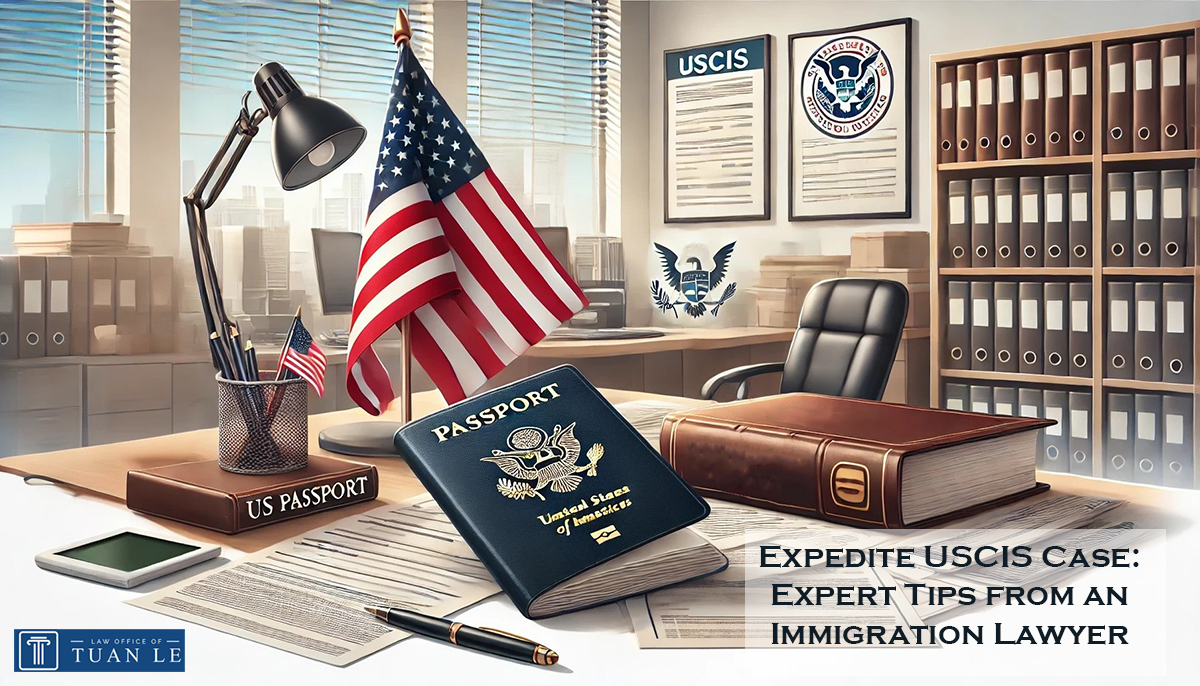
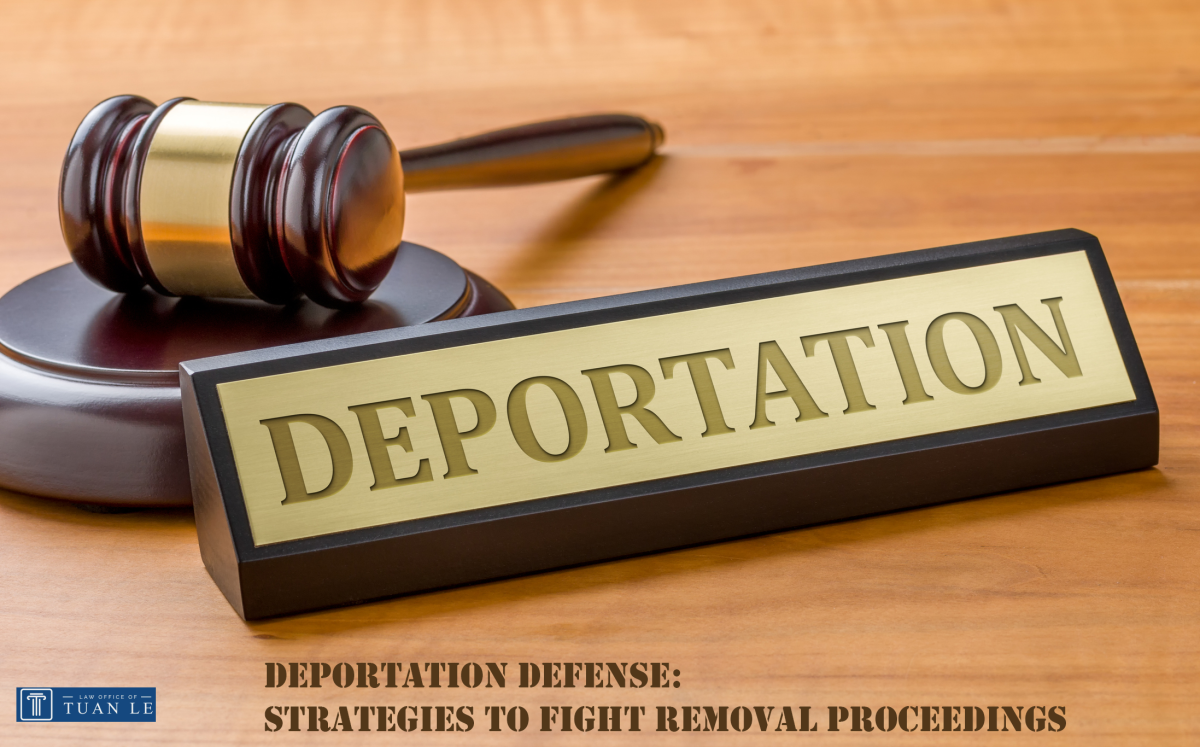

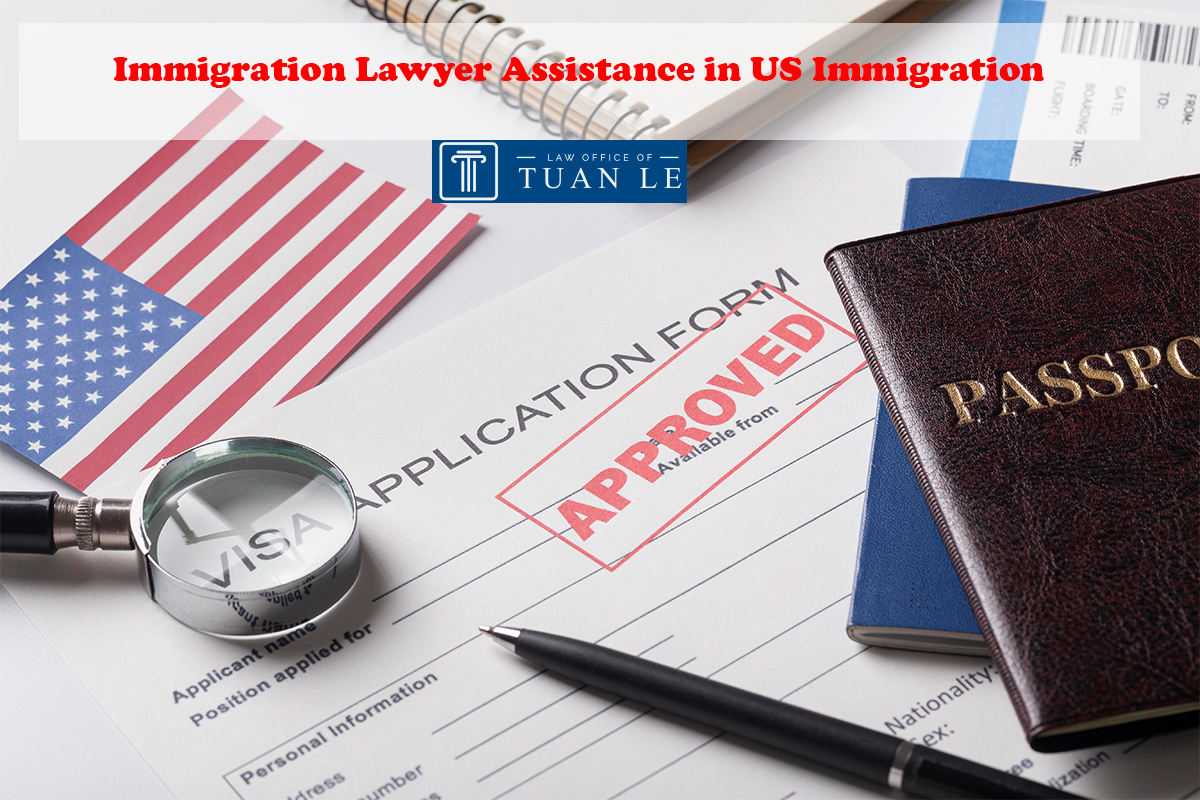
.jpg)
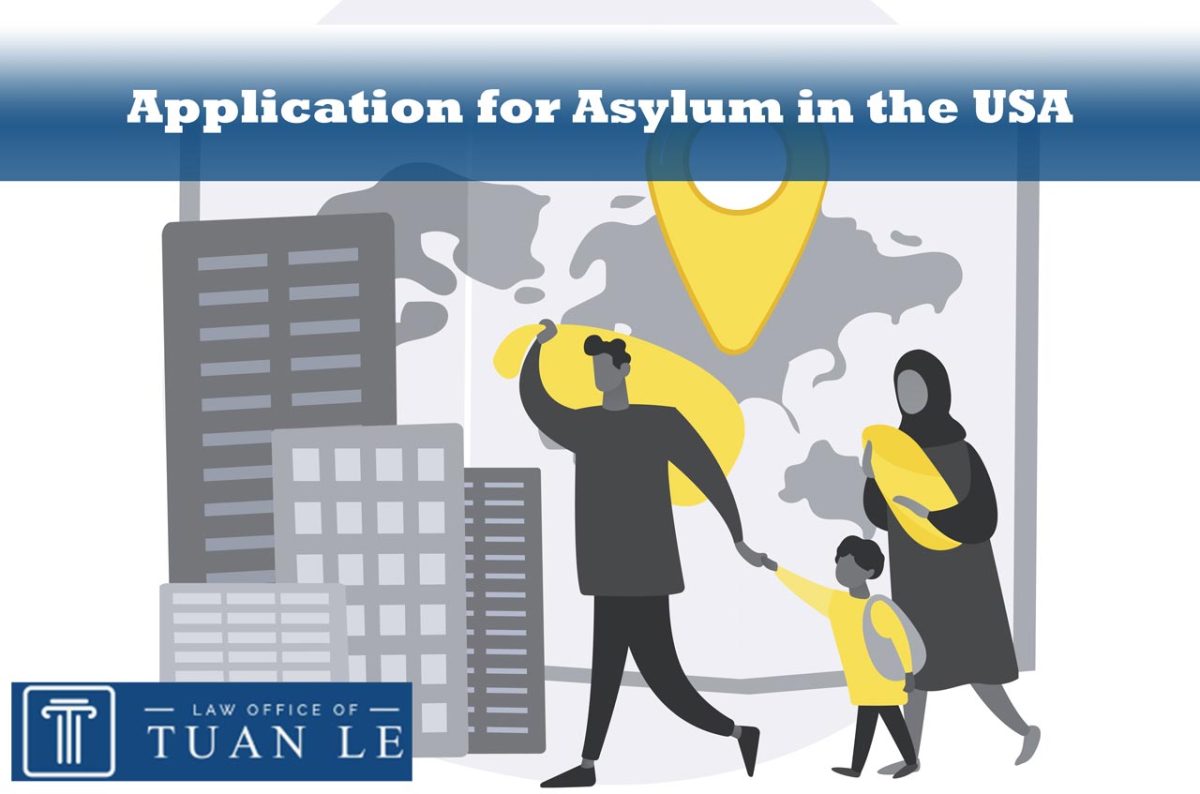
.jpg)
